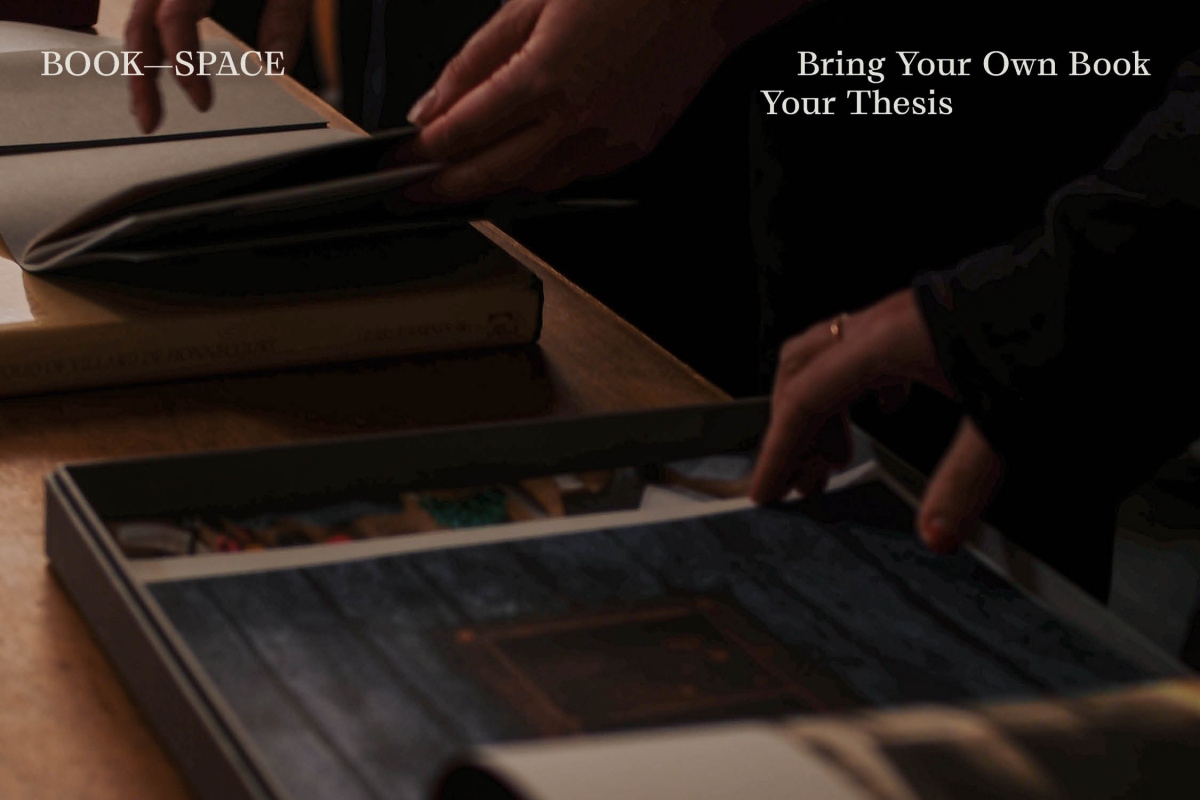Bring Your Own Book: Your Thesis
10 June
Edinburgh & The Lothians Event Exhibition
Event Summary
Bring your thesis—whether recent or rediscovered—and share it in an intimate, performative setting.
Book hereEvent Website
📖 2024/25 ESALA Projects Residency / City’s Reading Room at the intersection of Architecture, Art and Design
View websiteTime
6-9pm
Date(s)
10 June
Location
ESALA PROJECTS OFFICE
20-22 Chambers St, Edinburgh EH1 1JZ
View on Google Maps
Organiser
Paula Szturc
Social
One of the three bespoke BOOK–SPACE event typologies, Bring Your Own Book acts as a performative framework for exploring the relationship between materiality, place and the gestures of reading.
Bring your thesis—whether recent or rediscovered—and share it in an intimate, performative setting. This is a chance to revisit that porous boundary between thought and form, to open up your work to new conversations and to reflect on the journey
it’s taken you on.
Feel free to interpret “thesis” generously—as a formal dissertation, a creative work, or an unfinished thread of inquiry—recognising that all forms can reveal new ways of seeing and that sharing these creative gestures is a reciprocal act.
I’m excited to welcome voices from across disciplines—architects, artists, writers, designers, historians and beyond. This is an opportunity to explore the personal and material dimensions of your work, to share generously and to appreciate the confluences that shape how we think and make.
More via @bookspace_edinburgh
BOOK—SPACE is a project designed to gather a community centred around architecture and design books and their reading within a common space. This temporal reading room at ESALA Projects space, adjacent to the architecture school, will host a range of events exploring the performativity of the book space and experimental, spatial reading practices.
The space is curated by Paula Szturc, Architecture by Design PhD student. Her research project with NGS focuses on Artists’ Books, exploring their material, spatial and sensorial aspects. Investigating the book as a critical object of knowledge, she examines relationships between form, space and architectures of reading.


